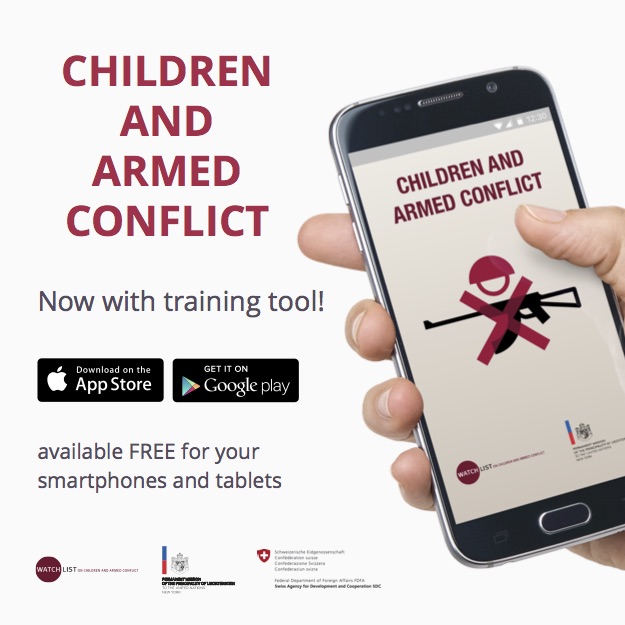Resolution of the Cabinet of Ministers of Ukraine № 551 “On approval of the procedure for identifying and returning children deported or forcibly displaced due to the armed aggression of the Russian Federation against Ukraine”
Resolution of the Cabinet of Ministers of Ukraine № 551 “On approval of the procedure for identifying and returning children deported or forcibly displaced due to the armed aggression of the Russian Federation against Ukraine”
COUNTRY:
Ukraine
DOCUMENT TYPE:
Other
YEAR ADOPTED:
2024
Description
The Resolution of the Cabinet of Ministers of Ukraine “On the identification and return of children deported or forcibly displaced due to the Russian Federation’s armed aggression against Ukraine” establishes mechanisms of cooperation among state and non-state actors to ensure the protection, return, and reintegration of these children. This order defines the responsible entities for the processes of locating, returning, and providing social support to the children, as well as specific measures to ensure their rights and welfare.
Key actors in this process include central and local executive authorities, local self-governance bodies, the Coordinating Headquarters for the Treatment of Prisoners of War, the Commissioner for Human Rights of the Verkhovna Rada of Ukraine, the National Information Bureau, the state enterprise “Ukrainian National Center for Peacebuilding,” public organizations, and charitable foundations. Each entity has clearly defined duties for identifying children, maintaining personal records, and carrying out return procedures, including providing documentation, transportation, and housing.
The process for returning children includes creating individual plans developed with consideration for the child’s needs, such as age, health status, and cultural and ethnic background. The individual plan includes a range of actions, such as ensuring the child’s escort during the return, compiling the child’s personal file, preparing the necessary documents for return, and providing social support upon reintegration into Ukrainian society.
The implementation of this mechanism aims to protect the rights of children who have suffered deportation or displacement, support their reintegration into Ukrainian society, and minimize the risks of further rights violations. This order aligns with the provisions of the Geneva Conventions and Ukraine’s legislation on protecting civilians during conflicts.
In the current circumstances, implementing this order is crucial and challenging, as it requires interdepartmental coordination and adherence to high standards for child protection in the context of armed conflict. Additional resources are needed in the implementation phase, as the return and socialization of children demand a comprehensive approach and continuous monitoring.



